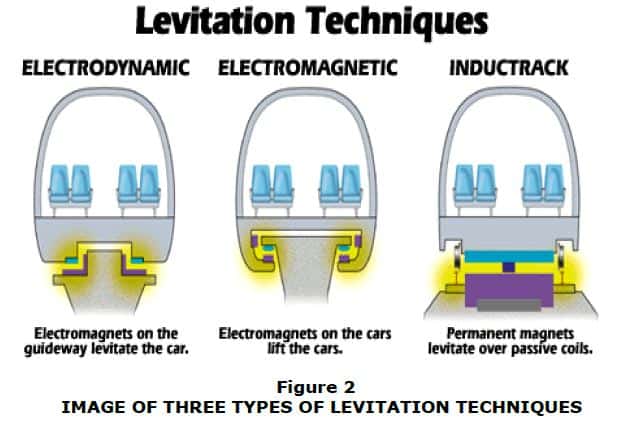Make A Survey Maglev Trains. Submit The Report. Presentation
| Introduction to Maglev Trains | ||
|---|---|---|
| Maglev trains use magnetic levitation technology to propel and suspend trains above the tracks. They have the potential to revolutionize transportation with their high speeds and low friction. This survey aims to gather information about public awareness, perception, and opinions regarding Maglev trains. | ||
| 1 | ||
| Methodology | ||
|---|---|---|
| The survey was conducted online and targeted a diverse sample of participants. A total of 500 respondents completed the survey. The survey consisted of multiple-choice questions and open-ended questions to gather qualitative data. | ||
| 2 | ||
| Demographics of Respondents | ||
|---|---|---|
| 55% of respondents were male, while 45% were female. The age range of respondents varied, with the majority falling between 25-34 years old (40%). Respondents came from different educational backgrounds, with 30% having a bachelor's degree and 25% having a master's degree or higher. |  | |
| 3 | ||
| Awareness of Maglev Trains | ||
|---|---|---|
| 65% of respondents were aware of Maglev trains. Among those aware, 80% had learned about them through online sources and news articles. Awareness levels were higher among younger respondents and those with higher education levels. |  | |
| 4 | ||
| Perceived Benefits of Maglev Trains | ||
|---|---|---|
| 92% of respondents believed that Maglev trains could significantly reduce travel time. 78% thought that Maglev trains would have a positive impact on the environment due to their low carbon emissions. 67% believed that Maglev trains would contribute to economic growth and development in their region. |  | |
| 5 | ||
| Concerns and Challenges | ||
|---|---|---|
| The cost of implementing Maglev trains was a concern for 45% of respondents. 35% expressed concerns about the safety and reliability of Maglev trains. Another 20% were worried about the potential disruption to existing transportation systems. |  | |
| 6 | ||
| Preferred Applications | ||
|---|---|---|
| 55% of respondents believed Maglev trains would be most beneficial for long-distance travel between major cities. 30% thought Maglev trains would be suitable for commuting within metropolitan areas. 15% saw potential in using Maglev trains for freight transportation. |  | |
| 7 | ||
| Public Opinion on Future Adoption | ||
|---|---|---|
| 70% of respondents expressed interest in using Maglev trains if they were available in their region. 20% were unsure and would require more information before making a decision. Only 10% had no interest in using Maglev trains. |  | |
| 8 | ||
| Suggestions and Improvements | ||
|---|---|---|
| Respondents suggested the need for extensive public education campaigns to increase awareness of Maglev trains. They also recommended conducting feasibility studies and cost-benefit analyses before implementing Maglev train projects. Some respondents emphasized the importance of integrating Maglev trains with existing transportation networks for seamless connectivity. | ||
| 9 | ||
| Conclusion | ||
|---|---|---|
| The survey revealed that there is a moderate level of awareness about Maglev trains among the general public. Respondents recognized the potential benefits of Maglev trains, such as reduced travel time and environmental impact. However, concerns about cost, safety, and disruption to existing systems need to be addressed for successful adoption. | ||
| 10 | ||


